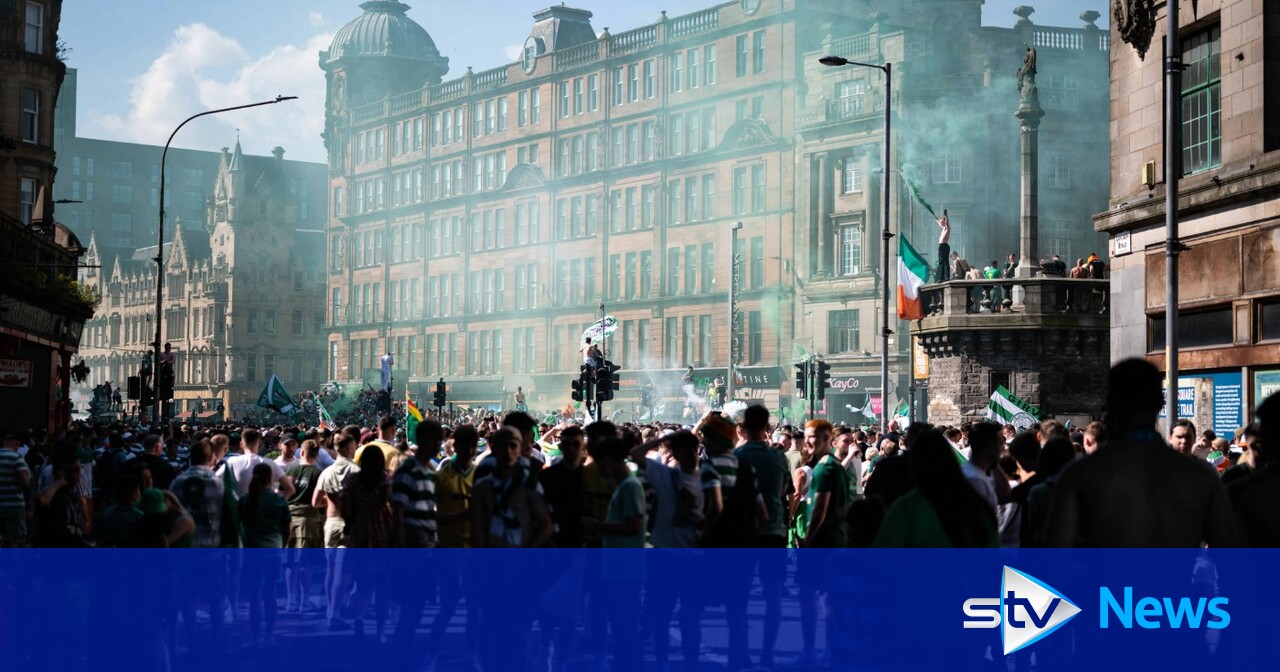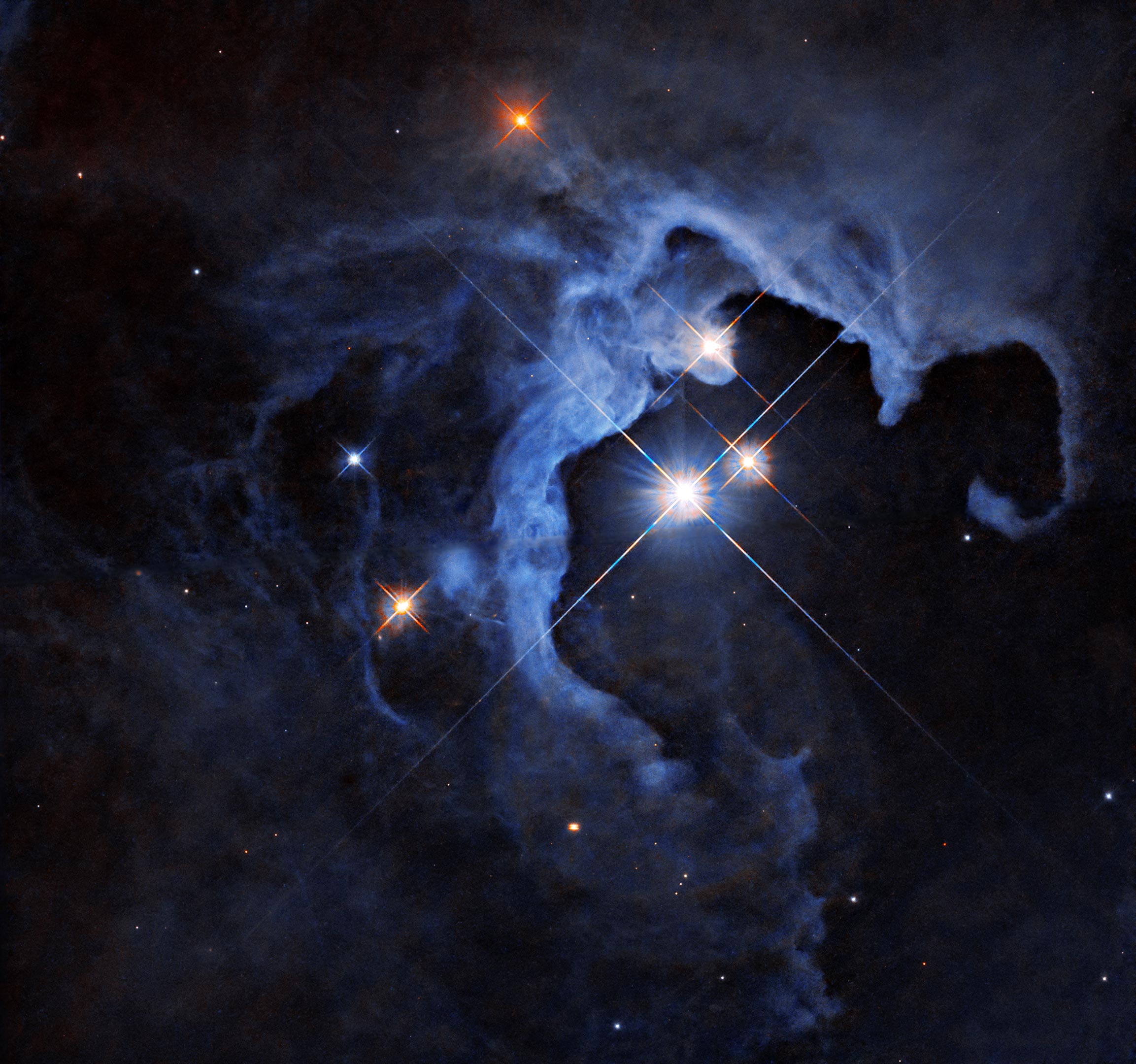- By Michael Fitzpatrick
- BBC News NI
The coroner at the inquest into the killing of three IRA men in Coagh in County Tyrone in June 1991 has ruled that SAS soldiers were justified in their use of lethal force.
Three men, Peter Ryan, Tony Doris and Lawrence McNally, died in the ambush.
Mr Justice Michael Humphreys said he was satisfied the use of force was “reasonable and proportionate”.
This was because the soldiers “had an honest belief that it was necessary in order to prevent loss of life”.
He said: “The use of force by the soldiers was, in the circumstances they believed them to be, reasonable.”
However, the coroner also concluded that “the operation was not planned in a manner which minimised to the greatest extent possible the need for recourse to lethal force.”
The inquest into the deaths of Peter Ryan, Tony Doris and Lawrence McNally opened in 2022.
It heard they were intercepted as they drove in a stolen car through Coagh on 3 June by SAS soldiers who suspected they were intending to murder a member of the security forces.
The coroner said all three men were members of the East Tyrone Brigade of the IRA and were on “active service” when they were shot.
What happened in Coagh?
During the inquest, the coroner said security forces had received intelligence that the IRA’s East Tyrone brigade intended to murder a former member of the Ulster Defence Regiment (UDR) at a public car park in the village.
A specialist military unit was then tasked to mount a “hard arrest operation”, which included a reaction group to effect the arrests and a “cover group” hidden in a modified flatbed truck to provide some immediate protection.
The stolen car then came to a halt at the car park entrance, the court heard.
The rear passenger door opened and a man wearing a balaclava rolled up to his head and armed with a rifle and pointed it in the direction of Soldier L.
After an order was given by Soldier H, the side of the lorry was lowered and a number of shots were fired.
The man with the rifle fell back into the car, which then travelled on and crashed into another car about 30 metres away.
Several further shots were then fired.
The coroner concluded that Lawrence McNally died as a result of gunshot wounds to the head and heart.
He added that Tony Doris died as a result of gunshot wounds to the head while Peter Ryan died of a gunshot wound to the chest.
Previous legal hearings were told that up to 150 rounds were fired during the incident.
Video destruction criticised
Mr Justice Humphreys was also critical of actions by soldiers to destroy a video recording of the events from a surveillance location.
He said there could “scarcely have been more probative and significant evidence” of the events at Coagh than the video, which was taken from close range and showed the arrival of the car and the engagement between its occupants and the soldiers.
“If this had been available, it would have rendered the task of the inquest on many of the issues straightforward,” he added.
The video would also have been of “central importance” to the RUC, whose role was to assess if crimes had been committed by the soldiers.
The coroner added that he attitude of the soldiers who gave evidence relation to the destruction of the video demonstrated a “clear and unequivocal willingness to subvert the rule of law”.
RUC investigation ‘woefully inadequate’
The coroner also concluded the original RUC investigation into the shootings was “woefully inadequate”.
The court heard: “A decision was reached and relayed to the DPP on the basis of untested and unchallenged accounts of soldiers.”
Mr Justice Humphreys said evidence at the scene was “wantonly disregarded” and no questions were asked of those who “had formulated the plan and its methodology.”
“Had it not been for the holding of this inquest, many of the facts around these events would simply never have been known,” he added.
The coroner also said a principal issue of fact to be determined was if any member of the IRA unit had fired a shot on the soldiers.
He said several military witnesses believed they were involved in a gunfight.
However on the balance of probabilities, he concluded no IRA member discharged his weapon during the incident.
Delivering his verdict, the coroner said: “In each case, the use of lethal force was justified as the soldiers had an honest belief that it was necessary in order to prevent loss of life.
“The use of force by the soldiers was, in the circumstances they believed them to be, reasonable.
“The operation was not planned and controlled in such a way as to minimise to the greatest extent possible the need for recourse to lethal force.”

William Turner is a seasoned U.K. correspondent with a deep understanding of domestic affairs. With a passion for British politics and culture, he provides insightful analysis and comprehensive coverage of events within the United Kingdom.








